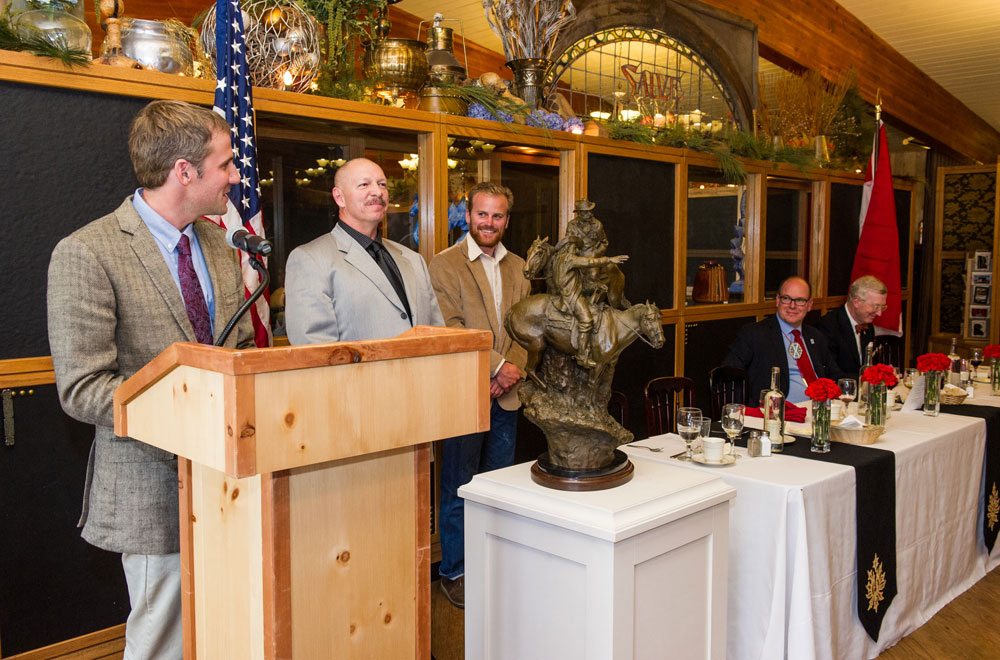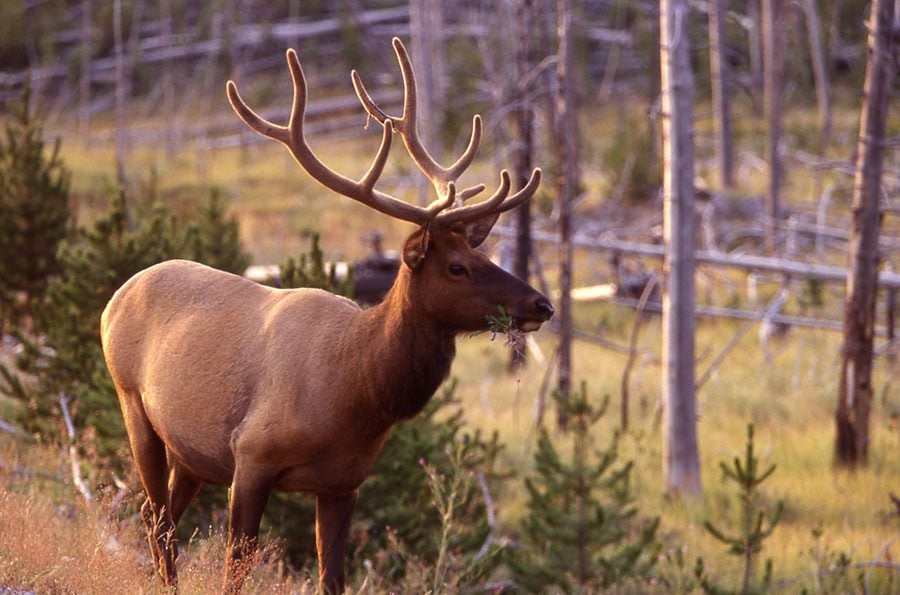On Thursday, September 19, an international partnership announced the first winners of a new scientific prize supporting biodiversity studies in the Greater Yellowstone Ecosystem.
The Camp Monaco Prize is an initiative of the Buffalo Bill Center of the West’s Draper Natural History Museum, the University of Wyoming’s Biodiversity Institute, and the Prince Albert II of Monaco Foundation-USA. The winning proposal aims to discover new ways of monitoring and safeguarding migratory wildlife in Greater Yellowstone and other important conservation areas across the globe. The research prize jury represents leading scientific and environmental organizations from across the world.
The Prize is named for a hunting camp established near the Park in 1913 by Prince Albert I of Monaco and William F. “Buffalo Bill” Cody. That trip resulted in extensive press coverage and discussions of the American wilderness. The Prince’s great, great grandson, Albert II, arrives in Cody on September 18 to mark the centennial of his ancestor’s adventure and to present the first Camp Monaco Prize.
The 2013 Camp Monaco Prize invited proposals from around the world and garnered submissions from more than twenty domestic and international organizations, institutions, and agencies. In their winning submission titled “Rediscovering the Elk Migrations of the Greater Yellowstone Ecosystem: A Project of Transboundary Science and Outreach,” Dr. Arthur Middleton and Joe Riis detailed the importance of studying the movements, productivity, and conservation of the ecosystem’s migratory elk; the climatic influences on their migration; and the potential for long-term monitoring of migration via camera-trapping. In addition to publishing their findings, the project team will launch a public webcam to share live elk migration images at key bottleneck areas, produce a documentary film, and create a photography archive in support of science, education and outreach (see attached bios of Middleton and Riis).
“One of the compelling aspects of this project, is that it attempts to bring scientists, government agencies, policy-makers, and the general public together around a topic that cuts across ecology, economy, and culture,” said Jury Co-Chair Dr. C.R. Preston, Founding Curator of the Buffalo Bill Center of the West’s Draper Natural History Museum. “This approach holds real hope for effective biodiversity conservation in the 21st century.”
As highlighted in their submission, Middleton and Riis wrote, “The Greater Yellowstone Ecosystem is one of the largest wilderness landscapes in the United States and harbors some of the last remaining migratory populations of elk, mule deer, pronghorn, moose, and bighorn sheep. Among these, elk carry special ecological, economic, and cultural importance…and still bind the landscapes and communities of this area together. In the future, these animals will need ecosystem-level conservation and broader public support as they navigate an era of complex environmental change.”







